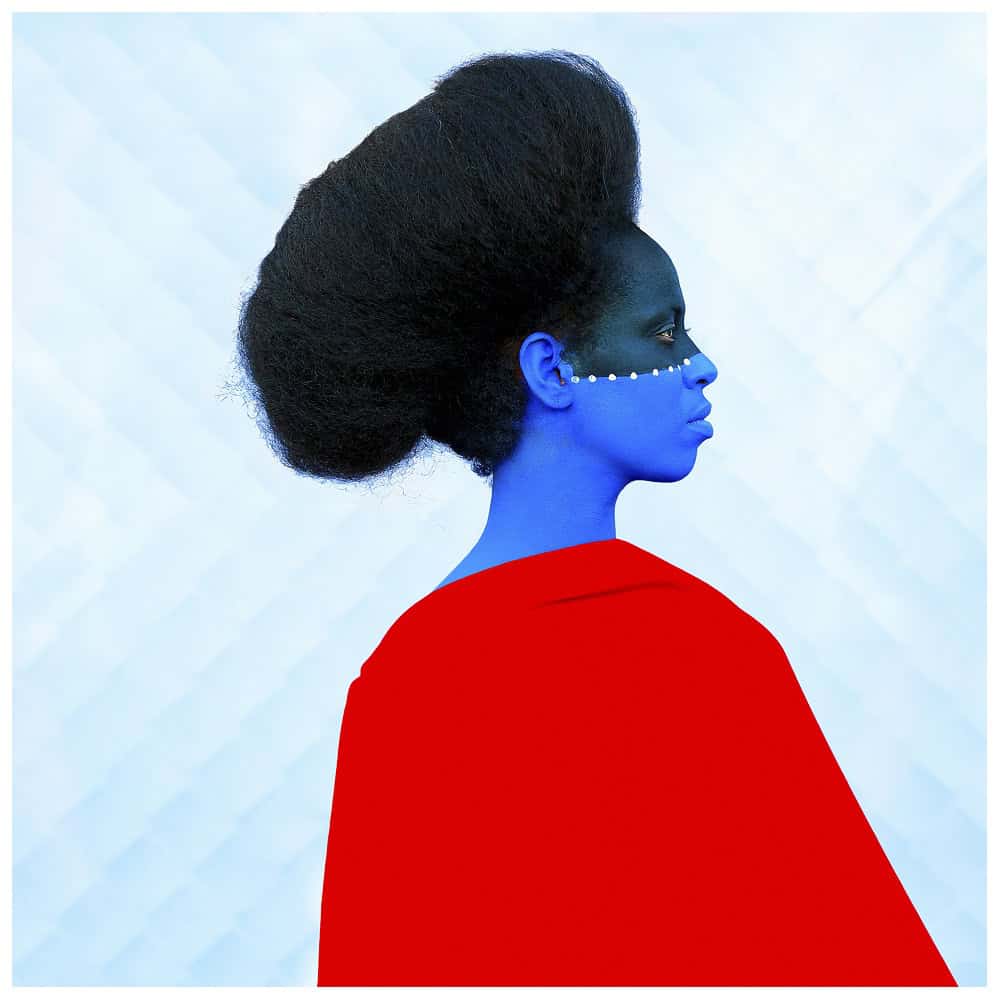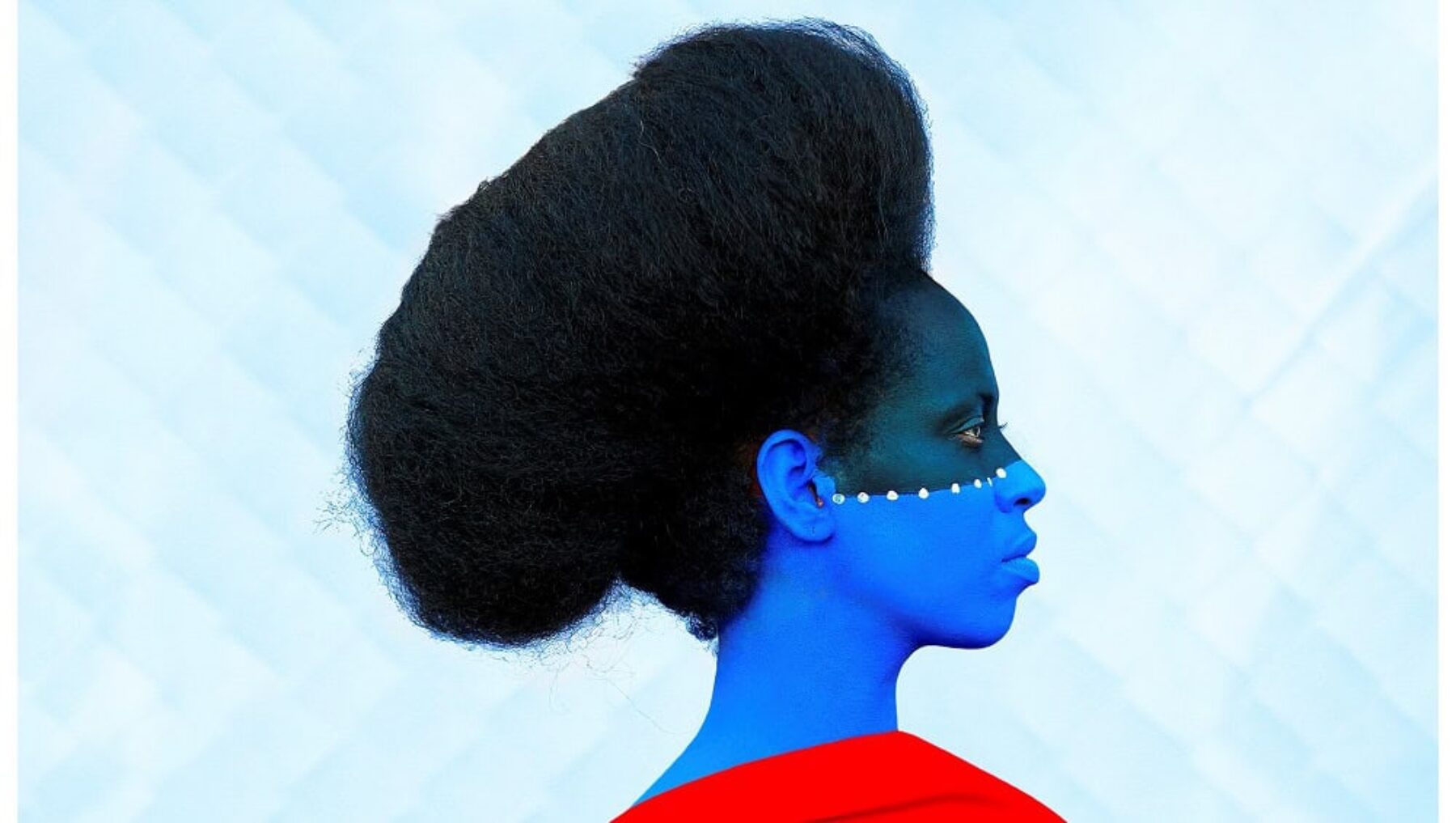Ethiopian photographer Aida Muluneh challenges preconceptions about her country and continent with her bold, colourful images
What do people generally associate with Ethiopia and Africa?
One of the main challenges is the continuation of the one-sided story in images or articles about the continent in the mainstream media. The complexities of Ethiopia, which stem from its history, culture and contemporary reality, are often overlooked through a foreign gaze. This is not to say that we don’t have our share of challenges, but there is a different story which I want to share with the world.
How does your photography challenge this?
Photography is a powerful tool, to educate, inspire and as a tool for creative expression. It gives us a portal into a moment that can provoke our sense of humanity. It can evoke an understanding which we can’t personally experience if we are not present. My quest is also about supporting photographers in Africa who are telling stories of the continent that have not been seen.
This is not to say that we don’t have our share of challenges, but there is a different story which I want to share with the world
Why are you passionate about your craft?
I fell in love with photography when I made my first print in the darkroom while in high school in Canada. I’m blessed for having found something that I enjoy doing – sharing with the world ideas and stories that reflect my reality as an African. Being a photographer has also helped me understand how this world functions. Without passion it would have been difficult to overcome some of the challenges I faced in telling the stories that matter to me.
You’ve lived all around the world, including in Yemen, Cyprus and England. How does that influence your work?
It has given me insight on the misrepresentation of people of colour on a global scale: my first motivation to start pursuing a career in photography. Photography has played a major role as a tool to perpetuate Eurocentric superiority while also undermining the self-determination of the oppressed.
You returned to live in Ethiopia ten years ago. How have you found that experience?
My global experience helped me understand the photography industry. For this reason, being here has motivated me to be an advocate for photographers in Africa. Without living here? I would have just been an artist with works hanging on white walls.
Why does colour feature so strongly in your work?
I am actually mostly a black and white [documentary] photographer but when I started doing my studio work, I felt drawn to strong colours. I work mostly with primary colours because I see it as the beginning of my artistic process, like a painter before I start mixing different tones.
What traditional African elements do you incorporate into your work and why do you include them?
Each piece includes hints of my cultural heritage. I wanted to include various traditional elements of our culture as contemporary forms of expression. I’m fascinated by the body ornamentation, handcrafts and interiors of various ethnic groups across Africa. I bring the past into the future.
 Photograph: Strength in Honor, by Aida Muluneh
Photograph: Strength in Honor, by Aida Muluneh
